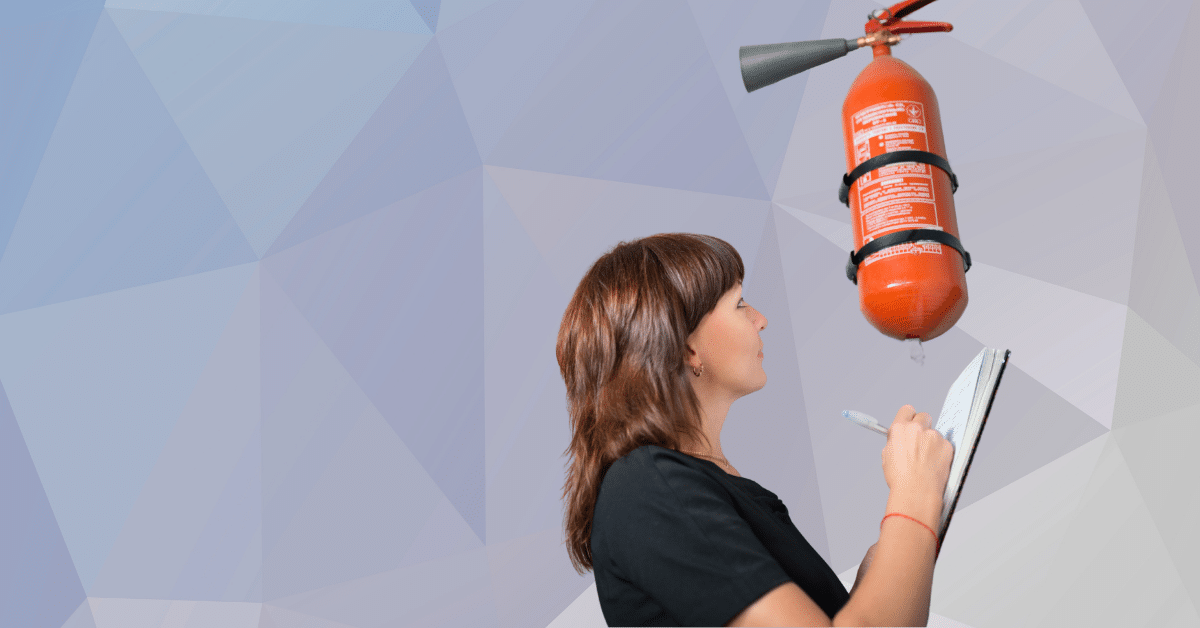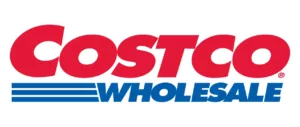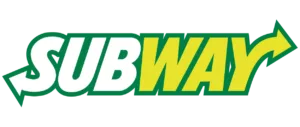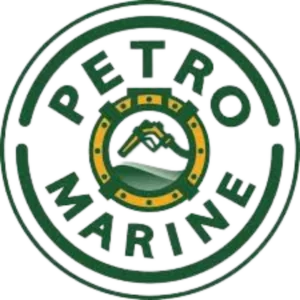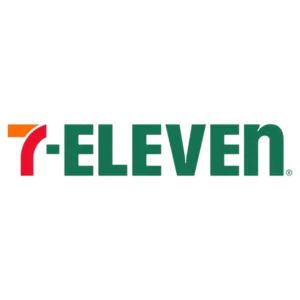A facilities tech once described his turning point this way: for years, he walked past the same wall-mounted ABC unit, gave the gauge a quick tap, and moved on. After proper training, everything looked different. Nameplates told him which hazards were covered, gauges had a precise meaning, and every missing tamper seal or low bracket signaled a specific correction.
That shift from “red cylinder on a wall” to “life safety system with standards, intervals, and proof” is the real value of a structured inspector program. It is not just about passing a quiz. It is about seeing your building the way an AHJ, an auditor, or an insurance investigator will see it on the worst day of the year.
If you are considering training for yourself or your team, here is what a strong program should actually help you do on the job.
Fire Extinguisher Inspector Course: Skills You Actually Use on the Job
A good course provides you with a toolbox that you will use every time you step into a hallway, mechanical room, or kitchen: technical knowledge, code literacy, field judgment, and documentation that stands up when someone asks, “How do you know this unit was ready?”
You also get a framework for practice. A well-designed fire extinguisher inspector training path turns NFPA 10 and OSHA requirements into habits, not trivia you forget a week later.
Technical Fluency With Extinguisher Types And Hazards
You learn to recognize common agents at a glance: water, foam, dry chemical, CO₂, and clean agents. You connect them to the hazards they are intended to control, from ordinary combustibles to energized equipment, flammable liquids, metals, and cooking oils.
You also see where things can go wrong. For example, you learn why dry chemical around sensitive lab equipment can do as much damage as the fire, or why a Class K unit is nonnegotiable near certain fryers. Inspection stops being a simple checklist and becomes absolute risk control.
Code And Standard Literacy That Stands Up To Any AHJ
You work with OSHA 29 CFR 1910.157, alongside NFPA 10, and learn how they are applied in real-world facilities. Instead of just memorizing spacing numbers, you learn to evaluate:
- Travel distances and coverage
- Visibility, obstruction, and mounting height
- When extra units are required for special hazards
- How local amendments or AHJ expectations can tighten the rules
That way, conversations during inspections are quick and confident, rather than debates.
Monthly And Annual Inspection Mastery
You practice the difference between a quick monthly inspection and annual maintenance that digs deeper. By the end, you are comfortable with routines such as:
- Confirming placement, visibility, and clear access
- Checking gauges or weights on stored-pressure, cartridge, and CO₂ units
- Inspecting hoses, nozzles, pull pins, and tamper seals.
- Looking for physical damage, corrosion, or blocked signage
- Verifying hydrostatic test dates and 6-year maintenance intervals
You also learn how to record all of this in a way that someone else can understand months or years later.
Tagging, Recordkeeping, And Digital Workflows
Modern programs spend time on documentation, not just hardware. You learn how to:
- Use tags, barcodes, or QR codes consistently
- Track each unit by serial number or unique ID.
- Record results, deficiencies, and next-due dates
- Store photos as proof of blocked access or damage
With a clear system, you can answer “What was inspected, when, by whom, and what was found?” in seconds, not hours.
Field Problem-Solving And Communication
Real facilities are messy. Pallets end up in front of cabinets, remodels move hazards without adding new units, and old extinguishers linger long after they should have been removed. A strong program trains your judgment, not just your memory.
You learn how to determine when a unit must be removed from service immediately, when a work order is sufficient, and how to prioritize deficiencies when time or budget is limited. This is also where fire extinguisher inspection certification training should provide you with practice in writing clear notes that explain why something is a problem and what must be done next.
Equally important, you build communication skills. Instead of lecturing, you learn how to give short, focused explanations that help coworkers understand:
- Why a blocked extinguisher cabinet matters
- How a door left propped open changes the needed coverage
- What a quick 10-second hose and nozzle check prevents
That turns you from someone who “checks boxes” into a partner who helps the site stay safe between inspections.
A Practical Walkthrough For Daily Inspections
A well-built Fire Extinguisher Inspection Course usually includes a repeatable field routine you can use the very next day. A typical shift might look like this:
- Start With A Map
Pull a floor plan, highlight hazards, and mark approximate travel distances. Plan a route that prevents backtracking and ensures you see every unit. - Group By Type And Interval
Sort units by agent type and upcoming maintenance dates. This lets you batch similar checks and plan replacements or hydrostatic tests efficiently. - Pre-Stage Supplies
Collect pins, seals, tags, basic tools, a mild cleaner for labels, and any replacement units you anticipate using. A small, organized kit speeds up every corridor. - Weight And Gauge Routine
Weigh CO₂ and cartridge units, read stored-pressure gauges, and verify hose and nozzle condition. Handle the unit in a consistent order to avoid missing steps. - Check Dates Carefully
Confirm hydrostatic test dates, 6-year maintenance marks, and the shell’s manufacture year. Flag anything approaching a deadline so purchasing is not surprised. - Log And Photograph
Tag or scan each extinguisher, record your findings, and take quick photos of any issues, such as blocked access, missing signage, or heavy corrosion. - Coach In The Moment
If you encounter a recurring issue, speak briefly with the supervisor nearby. A short, respectful explanation in the moment often prevents repeat problems. - Schedule Follow-Ups
Create a punch list that assigns each deficiency to an owner with a due date. Inspection results only matter if the corrections are actually implemented.
Choosing Between Online And Classroom Options
Many teams need flexible formats. For distributed or shift-based operations, online fire extinguisher inspection certification can be the fastest way to get everyone through foundational modules without requiring travel or extended downtime.
The strongest options combine self-paced lessons with live demonstrations, video walkthroughs, or short coaching sessions. Some organizations add on-site labs where learners practice weighing CO₂ units, checking hoses, or adjusting brackets under the supervision of instructors.
In-person classes can be helpful when you are building a core group of specialists or onboarding a new facilities team. The best choice is often a blended approach: online theory for efficiency and targeted hands-on practice for confidence.
Budget, Certification, And Career Growth
Cost is always part of the conversation. Course pricing often depends on provider, delivery method, group size, and whether on-site coaching is included. Some programs also bundle digital log tools or starter tag kits with tuition.
For individuals, earning a fire extinguisher inspector certification signals that you can apply standards correctly, not simply punch holes in tags. Pairing that credential with related training on emergency lighting, egress routes, or basic alarm awareness can make you more valuable to your current employer and more competitive if you move on.
For organizations, the real savings are evident in fewer violations, faster audits, fewer return visits from contractors, and a safer workplace in the event of an incident. When you request a proposal, ask for cost breakdowns by learner, site, and optional add-ons so that your finance team understands the return on investment.
Who Benefits Most From Training
Training is helpful for more than full-time safety pros. The right program can help:
- Small Business Owners
Restaurants, clinics, and small shops can handle simple monthly checks in-house and know when it is time to call a vendor for maintenance or replacement. - Maintenance And Facilities Teams
You establish a consistent standard across buildings and shifts, so inspections do not depend on who happens to be on duty. For larger companies, rolling out portable fire extinguisher inspection training keeps expectations aligned from one location to the next. - Safety Managers And HR
You gain a structured way to introduce new hires to extinguisher basics, with documentation that supports audits and regulatory reviews. - Multi-Site Operators
A standard policy, log format, and inspection process are crucial when staff rotate or your organization is experiencing rapid growth.
How To Choose A Strong Program
When you compare providers, look for three things:
- Realistic Practice
Training should include walkthroughs, scenarios, or demonstrations using real hardware and real spaces, rather than relying solely on slides. - Clear Standards Alignment
Materials should reference current NFPA 10 and OSHA requirements in plain language and clearly demonstrate how they apply in typical office, warehouse, kitchen, and other environments. - Durable Records
The program should either teach or provide log formats, tags, or digital tools that you can keep using after class ends. Exportable data and photo documentation make audits much easier.
If a provider can meet these criteria, you are more likely to finish with skills you can apply immediately.
Common Pitfalls To Avoid
Even trained inspectors fall into patterns that weaken their program. A good course will help you watch for issues such as:
- Glancing Only At The Gauge
Focusing solely on pressure may lead you to overlook the wrong agent, an outdated model, or a unit that is not rated for the nearby hazard. - Ignoring Hydrostatic Test Dates
A shell that has silently aged out is a severe liability. Build reminders so these units are addressed before they become urgent. - Allowing Chronic Blocked Access
One-time obstructions happen. Repeated ones indicate a layout or habit problem. Work with supervisors to adjust storage or traffic patterns. - Unreadable Labels And Instructions
Dust, grease, or fading can make operating instructions unusable in an emergency. Keeping labels clean and replacing unreadable ones is part of the job. - Inconsistent Tagging Practices
When tags appear differently on each site, it becomes difficult for users to scan the history. Standardizing format and wording is a small change that pays off during audits.
Quick Buyer’s Checklist
Before you commit to a provider, ask questions like:
- What specific tasks and skills will learners be able to perform confidently after the course?
- How much time is spent on hands-on practice with real extinguishers and real spaces?
- Are the materials updated for the latest NFPA 10 edition and OSHA expectations?
- Does the program provide documentation templates or digital tools that you can keep using?
- How are assessments handled, and what proof of completion do learners receive?
- What are the renewal or refresher options, and how often do they recommend retraining?
Clear answers to these questions indicate whether the program is designed around real-world work or merely passing a short quiz.
Your Next Step
If you want your extinguisher program to run smoothly, efficiently, and audit-ready, look for training that treats inspections as a practical, repeatable process rather than a one-time event. Plan how you will introduce the material to your team, document the results, and reinforce good habits over time.
The correct course will transform your perspective on every corridor, storage area, and work cell. That shift in perspective is the real return on your training investment.

